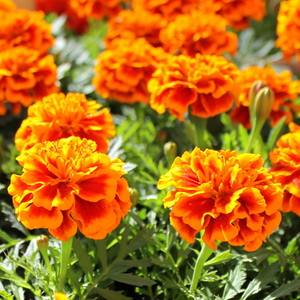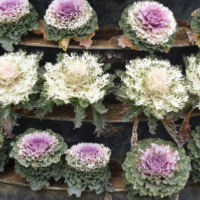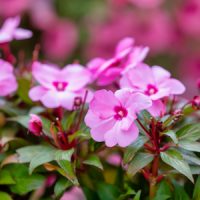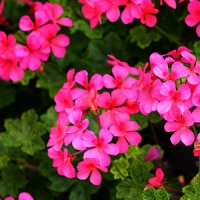Description
Marigolds
Marigolds are easy to grow and a perfect addition to any garden. Not only do they add a fantastic splash of color to your garden, but they are amazing for drawing the attention of bees and other pollinators! Marigolds have a long bloom season, from spring to late summer or early fall, and are the least favorite flower to a lot of garden pests. Paired with crops, a gardener could easily deter garden pests from his garden.
Features:
- Color: Marigold flowers come in various colors, including bright yellows, oranges, reds, and bi-color combinations.
- Height: Marigolds can grow anywhere from 6 inches to 3 feet tall depending on the variety.
- Foliage: The foliage is usually dark green with a slightly spicy scent, adding to their pest-repelling qualities.
Growing Conditions:
- Sunlight: Full sun (6-8 hours of direct sunlight daily).
- Soil: Well-draining soil; they are not particular about soil quality and can thrive in poor soils.
- Watering: Moderate watering; marigolds are somewhat drought-tolerant but prefer regular watering without waterlogging.
Planting:
- Spacing: Space marigold plants 6-12 inches apart, depending on the variety.
- Planting Time: Plant marigolds after the danger of frost has passed and the soil has warmed up.
Care Tips:
- Deadheading: Regular deadheading of spent blooms encourages continuous flowering.
- Fertilizing: Marigolds do not require heavy fertilization; a light application of balanced fertilizer can be applied if needed.
Uses:
- Gardens and Borders: Due to their vibrant colors and compact growth, these plants are ideal for garden beds, borders, and containers.
- Companion Planting: Effective in repelling nematodes and other pests when planted alongside vegetables and other plants.
- Cut Flowers: Long-lasting and colorful marigold flowers make excellent cut flowers for bouquets and floral arrangements.







